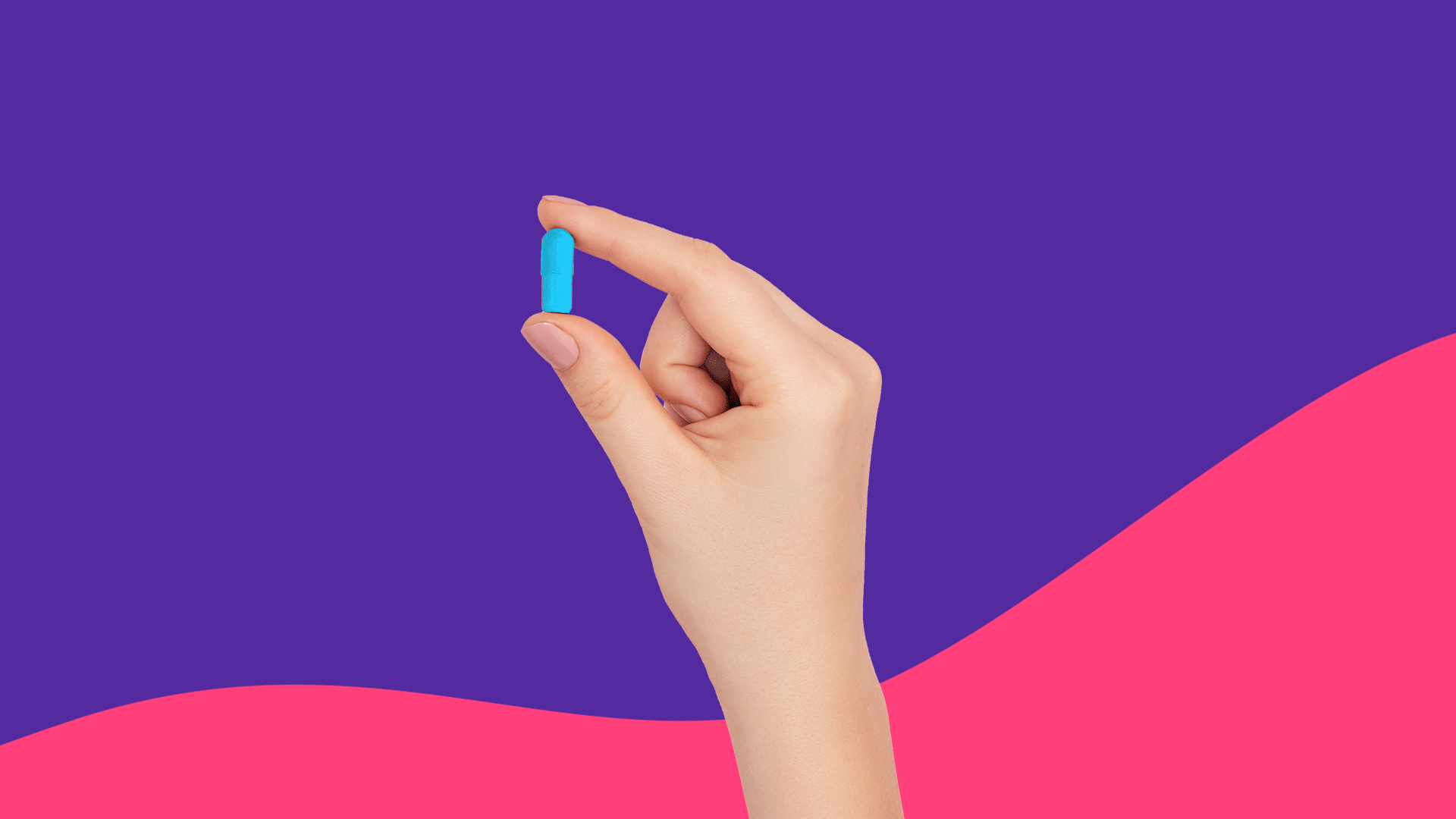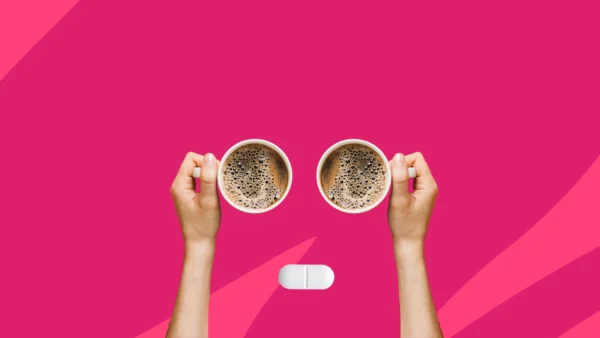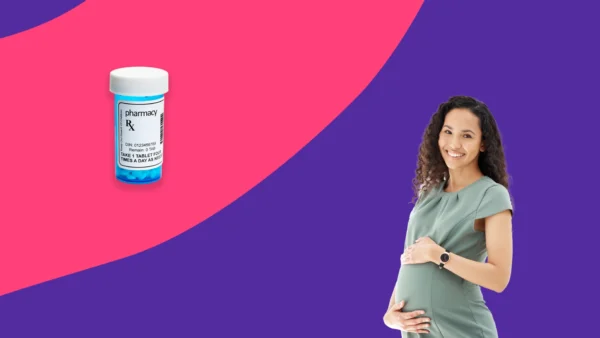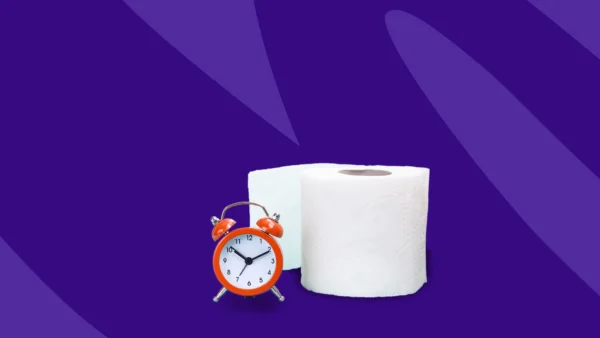Common atomoxetine side effects | Serious side effects | Side effects timeline | Contraindications | Warnings | Interactions | How to avoid side effects | How to treat side effects
Atomoxetine is the generic version of the brand-name drug, Strattera, used by prescription to treat attention-deficit/hyperactivity disorder (ADHD) in children, teens, and adults. It is the best-known and most widely prescribed medication in a family of drugs called selective norepinephrine reuptake inhibitors or selective NRIs (not to be confused with a class of antidepressants called SNRIs).
Healthcare professionals are uncertain why atomoxetine helps control ADHD symptoms like impulsivity and hyperactivity, but it probably has something to do with changing brain activity by rebalancing chemicals in the brain. As with all drugs that affect the brain, atomoxetine frequently causes side effects. Most are mild to moderate, but some are serious enough that patients or their caregivers should be aware of possible problems.
RELATED: Get Atomoxetine Coupons | What is Atomoxetine?
Common side effects of atomoxetine
Atomoxetine’s most common side effects vary by the age of the person taking it. For adults, the most common side effects are nausea and dry mouth; for children, the most common side effects are headache and stomach pain.
In roughly the order of incidence, then, here are the most common side effects of atomoxetine:
- Nausea
- Dry mouth
- Headache
- Stomach pain
- Insomnia
- Weight loss (in children)
- Drowsiness
- Vomiting
- Fatigue
- Constipation
- Dizziness
- Erectile dysfunction
- Irritability
- Difficulty urinating
- Fatigue
- Disturbed sleep
- Abnormal dreams
- Depression
- Ejaculation problems
- Upset stomach
- Sweating
- Blurred vision
- Palpitations
- Weight loss
- Painful periods
- Chills
- Flushing
- Decrease in sexual interest
- Loss of appetite
Serious side effects of atomoxetine
The most serious side effects of atomoxetine are:
- Suicidal thoughts and behaviors (in children and young adults)
- Abnormal thoughts or behaviors
- High blood pressure
- Feeling faint when standing up (orthostatic hypotension)
- Heart rate or heart rhythm changes
- Liver problems
- Muscle damage
- Seizures
- Stroke
- Heart attack
- Liver failure
- Raynaud phenomenon
- Painful or prolonged erections
- Severe allergic reactions with symptoms including trouble breathing and hives
How soon do atomoxetine side effects start?
Many of atomoxetine’s most common side effects typically start early in treatment. These include nausea, abdominal pain, dry mouth, drowsiness, sleep disturbances, vomiting, dizziness, fatigue, and others. Often these early side effects improve over the next few weeks. Delayed side effects include weight changes, appetite changes, and sexual dysfunction. Most critical, though, are suicidal thoughts and behaviors. The FDA warns that these are most likely in the first three months of treatment, so caregivers should monitor children and teens carefully in this critical early period.
How long do atomoxetine side effects last?
Many of the common side effects improve as the body adjusts to the drug. When they don’t, they can be expected to get better when atomoxetine is discontinued. The half-life of atomoxetine is fairly short, so people can expect to start feeling better the day after the last dose. Some serious side effects such as stroke or heart attack, however, may have long-term or even lifelong consequences. These are rare side effects, though, and are often related to other pre-existing conditions.
What are the long-term side effects of atomoxetine?
Atomoxetine is intended for long-term use—months if not years. There are no side effects caused by the long-term use of atomoxetine.
Atomoxetine contraindications
Atomoxetine is too hazardous for people to take who have certain pre-existing conditions. These include:
- Severe cardiovascular diseases that can be worsened by increases in blood pressure or heart rate including:
- Symptomatic heart disease
- Symptomatic heart failure
- Enlarged heart muscles (cardiomyopathy)
- Heart defects
- Serious heart rhythm problems
- Severe coronary artery disease
- Severe high blood pressure.
- Narrow-angle glaucoma
- Adrenal gland tumor (pheochromocytoma)
- Any history of allergic reactions to atomoxetine
Pregnancy
The risks of taking atomoxetine during pregnancy are unknown. It should be used only if the benefits outweigh the risks. So far, there is no evidence that atomoxetine causes birth defects or changes birth outcomes.
Breastfeeding
As with pregnancy, healthcare professionals do not know if there are risks of atomoxetine associated with breastfeeding. Atomoxetine is secreted into animal milk, so it’s probably in human breast milk, too. If atomoxetine is used, the nursing infant should be watched for symptoms such as irritability, poor feeding, not gaining weight, or problems with sleep.
Children
The Food and Drug Administration (FDA) has approved the use of atomoxetine to treat ADHD in pediatric patients as young as 6 years old. However, because of the risk of suicide, prescribers are advised to meet with and evaluate the child weekly during the first month of treatment and biweekly over the next two months. They should reconsider the prescription if the child displays behavior changes, mood swings, or symptoms of suicidality.
Atomoxetine can also slow down a child’s growth, so weight and height should be regularly monitored.
Seniors
Atomoxetine has not been studied in people older than 50, so its safety and effectiveness in older adults are unknown.
Atomoxetine warnings
One way to avoid problems with atomoxetine is to read the drug information that comes with this medication. Among the warnings, here are some of the most important.
Black box warning
Atomoxetine comes with an FDA-mandated black-box warning about the increased risk for suicidal thoughts and behaviors in children and adolescents taking atomoxetine. In 12 atomoxetine studies, approximately 0.4% of children—that translates to 1 in every 250 children—started thinking about suicide in the first 12 weeks of treatment. The full warning can be read in the drug’s information sheet.
Cautions
Some medical conditions can be worsened by atomoxetine. This means that dose adjustments or more careful monitoring may be required in people with:
- Cardiovascular diseases that can be worsened by higher blood pressure or faster heartbeats caused by atomoxetine including:
- High blood pressure
- Fast heartbeats
- Heart disease
- Cerebrovascular disease such as stroke
- Slow heart rate, heart failure, or other cardiovascular problems that can be affected by changes in the heart’s rhythm caused by atomoxetine
- Seizure disorders
- Bipolar disorder
- Depression
- History of suicide or risk factors for suicide
- Low blood pressure
- Liver problems
Some people break down drugs like atomoxetine slowly because a critical liver enzyme called CYP2D6 doesn’t work as well as it does in other people. Normal doses of certain drugs are too much for them, so genetic testing and reduced doses will be required to take drugs like atomoxetine safely.
Abuse and dependence
Studies have shown that atomoxetine does not have a risk for abuse or physical dependence, though instances of inappropriate use of the drug have been reported.
Overdose
An overdose of atomoxetine will require emergency medical treatment, particularly if the overdose has been taken with other drugs. Symptoms of an atomoxetine overdose include:
- Digestive system complaints
- Sleepiness
- Dizziness
- Tremor
- Behavior changes
- Hyperactivity
- Agitation
- Pupil dilation
- Dry mouth
- Elevated blood pressure
- Racing heartbeats
- Hallucinations
- Disorientation
- Seizures
The maximum dosage is 100 mg per day for adults but will be lower for children weighing less than 154 pounds (70 kg). For safety’s sake, only take the dose of medication that is prescribed for you.
Atomoxetine interactions
As with other drugs that affect the brain, atomoxetine has some drug interactions that people should be aware of. The most important interactions involve a family of drugs called monoamine oxidase inhibitors (MAOIs) such as Nardil (phenelzine), Marplan (isocarboxazid), Zelapor (selegiline), and Parnate ( tranylcypromine). These are never taken with atomoxetine because of the possibility of several bad side effects including sudden death. If an MAO inhibitor is being taken, then it must be stopped for two weeks before atomoxetine can be prescribed.
Other drugs can be taken with atomoxetine, but only with reduced doses or heightened monitoring of side effects. These drugs include:
- Asthma or COPD medications called beta agonists such as albuterol
- Blood pressure drugs
Some drugs change the heart’s rhythm and can worsen heart rhythm side effects caused by atomoxetine. The most serious are:
- Heart rhythm drugs
- Macrolide antibiotics
- SSRIs such as Paxil (paroxetine) and Prozac (fluoxetine)
- SNRIs
- Some AIDS/HIV drugs
Some drugs can raise blood pressure, so the combination increases the risk of high blood pressure when taken with atomoxetine. These include:
- Vasopressors (drugs that increase blood pressure like epinephrine)
- NSAIDs
- Stimulants
- Other ADHD drugs like methylphenidate
- Migraine drugs called ergots
- Estrogen
- Dopamine-raising drugs
- Caffeine
Finally, some drugs tie up the liver enzyme the body uses to break down atomoxetine. As a result, atomoxetine levels build up in the body and soon become toxic, raising the risk of side effects. Both the prescriber and pharmacist know about these drugs and will adjust doses if they’re being taken.
RELATED: Strattera vs. Adderall: Differences, similarities, and which is better for you
How to avoid atomoxetine side effects
Side effects can be expected when taking atomoxetine. Not all of them can be prevented, but that doesn’t mean that they can’t be minimized with a few basic measures.
1. Take atomoxetine as directed
One of the best ways to avoid side effects is to take the drug as prescribed. Be sure to read the medication guide provided with your prescription. Don’t take more than prescribed and don’t take it more times per day than prescribed. One of the most common ways to overdose is to take extra doses to make up for a missed dose. Don’t do it. A forgotten dose can be taken if it’s remembered in time. However, if it’s almost time for the next dose, skip the dose that was missed and take the next dose as scheduled. Always swallow the capsules whole rather than crushing, chewing, or breaking them open.
2. Share a complete medical history with the prescriber
Another proven way to prevent side effects is to make sure the prescriber has a complete medical history. For atomoxetine, the prescriber will particularly need to know about:
- Heart problems
- Any family history of heart problems
- High blood pressure
- Mental health issues such as depression, bipolar disorder, mania, or psychosis
- Suicidal thoughts or attempts
- Low blood pressure
- Liver problems
- Pregnancy or pregnancy plans
- Breastfeeding or breastfeeding plans
3. Tell the prescriber about other drugs being used
Because drug interactions can worsen atomoxetine side effects, make sure the prescriber also has a complete picture of all the prescription drugs, over-the-counter medications, and supplements being taken, too.
4. Eat a healthy diet
A healthy diet is very important for children taking atomoxetine since growth suppression and weight loss are both problems in the first year of treatment. If there is any doubt, ask the prescriber or nutritionist for a recommended diet.
5. Take the daily dose in the morning
If atomoxetine is being taken once per day, taking the dose early in the morning can help prevent sleeping problems at night.
How to treat side effects of atomoxetine
Side effects can be expected when taking atomoxetine, even when taking measures to keep them at arm’s length. When they do happen, some can be managed at home, but others will require professional medical help.
Headaches
In some cases, drinking fluids and resting can help with a headache. You can use acetaminophen as a pain reliever, but aspirin or ibuprofen might add to atomoxetine side effects. If headaches are severe or prolonged, contact the prescribing healthcare provider.
Drowsiness and dizziness
When dizziness or drowsiness strikes, the best remedy is to sit or lie down and take it easy. The primary goal is to avoid falls, accidents, or injuries.
Nausea and vomiting
Drink plenty of fluids but in small quantities. It’s okay to take an antihistamine. If vomiting is severe or prolonged, talk to a healthcare professional.
Sleep disturbances
If insomnia or other sleep issues are a problem, take the daily dose as early as possible in the day. If atomoxetine is being taken twice per day—once in the morning and once in the early evening—ask the prescriber about switching to a once-a-day dose. If sleep problems are interfering with daily life, ask the prescriber for medical advice.
Liver problems
Atomoxetine can cause liver injury. When this happens, contact the prescriber or other healthcare professional. Liver dysfunction can only be diagnosed with a blood test, but sometimes symptoms are a clue:
- Upper abdominal pain
- Dark urine
- Pale or clay-colored stools
- Flu-like symptoms
- Yellowing of the skin or eyes
Suicidal thoughts and behaviors
A person who is thinking about or planning suicide requires immediate medical help. Contact a healthcare professional at any significant sign of suicidality including:
- Thinking or talking about suicide
- Planning or attempting suicide
- Thinking about or talking about death
- New or worsening depression or anxiety
- Aggressive, hostile, or violent behavior
- Agitation, restlessness, irritability, or anger
- Panic attacks
- Any other new or sudden change in mood
- Risk-taking behaviors
- Extreme increase in activity or talking
- Trouble sleeping
Sources
- Atomoxetine, Epocrates
- Atomoxetine drug summary, Prescriber’s Digital Reference
- Atomoxetine capsule prescribing information, U.S. National Library of Medicine
- Strattera prescribing information, U.S. National Library of Medicine











